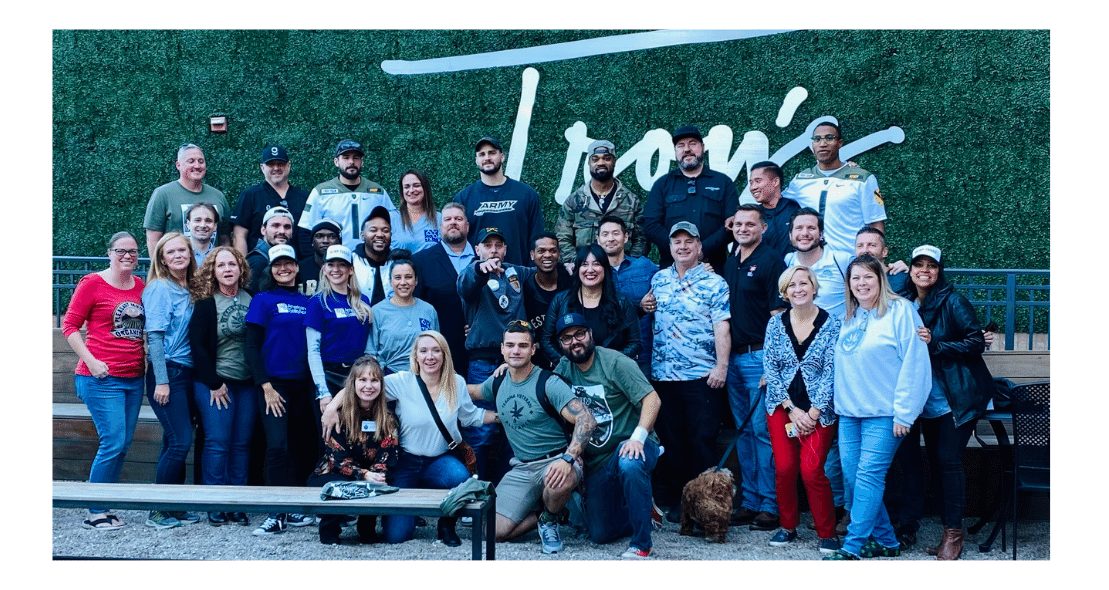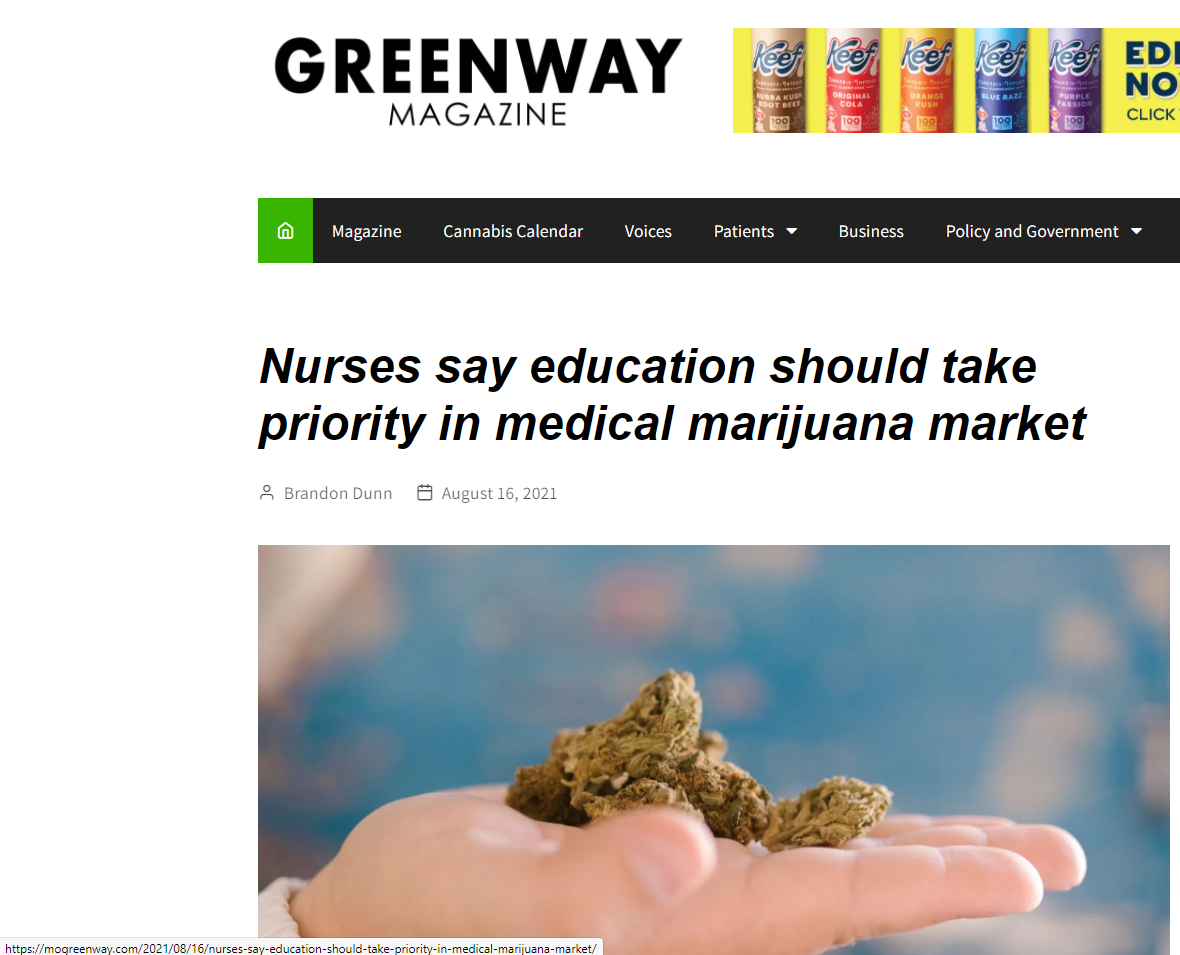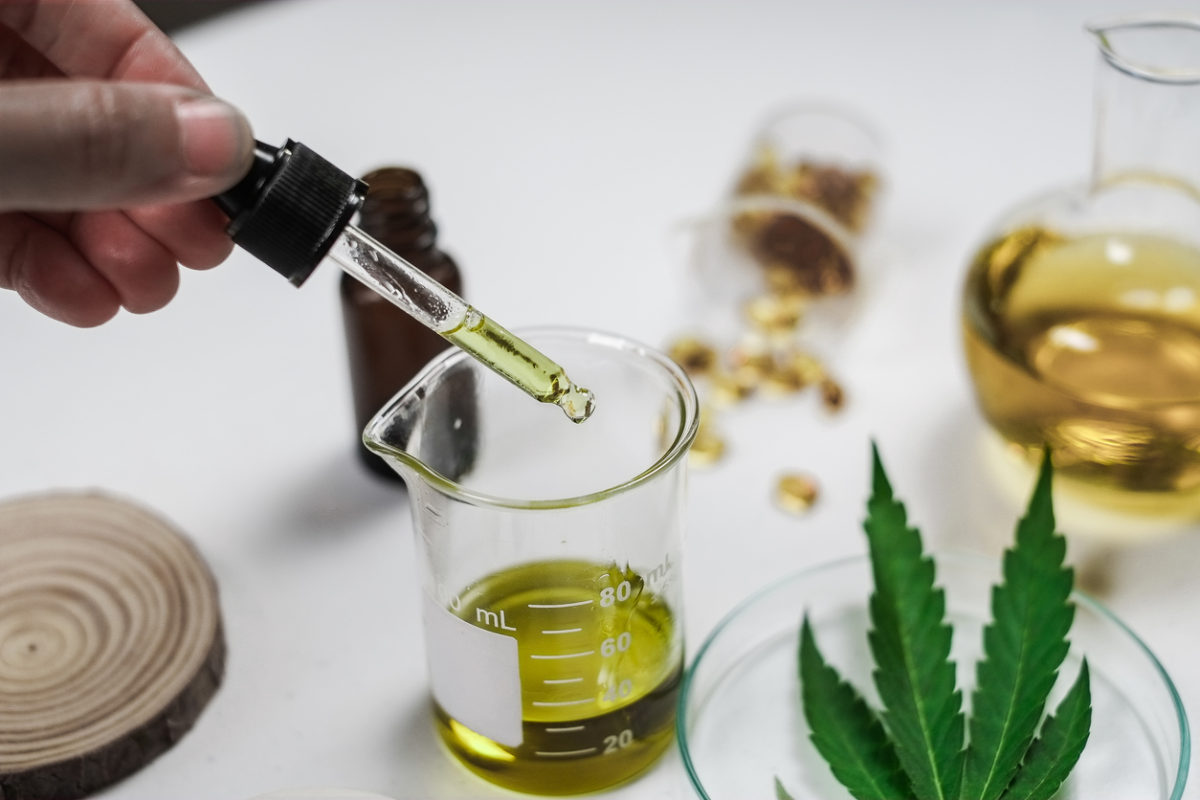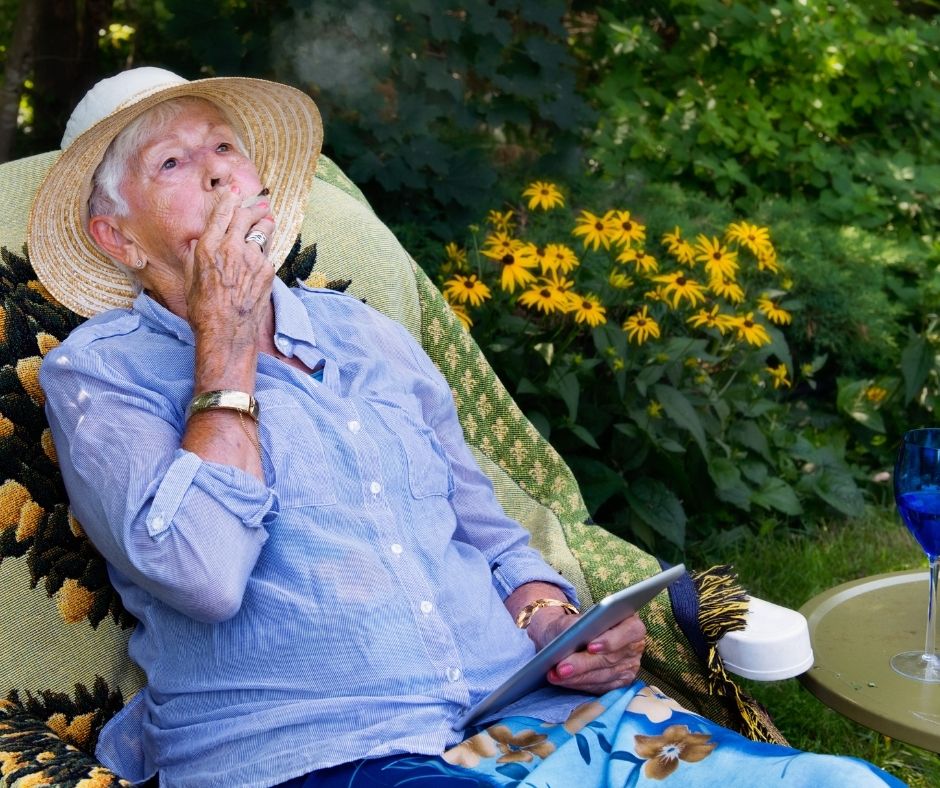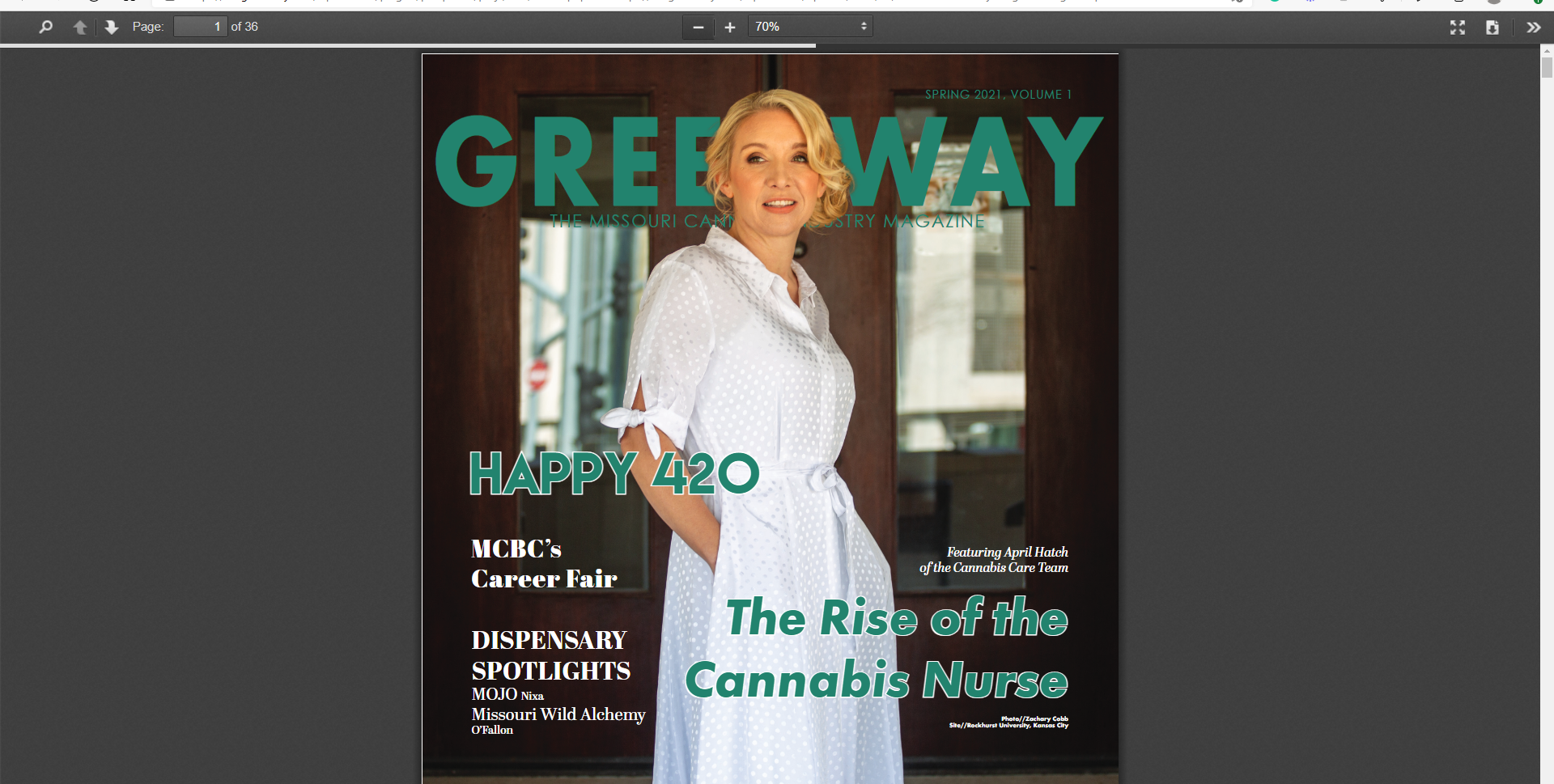I use the term instead Elder rather than “Senior” or “Boomer” because for me, the title of Elder represents the wise Elder of our human Tribe. Indigenous peoples revere their elders for their knowledge, common sense, and their wisdom gathered over the years. “Senior” is overused and undervalued, and Boomer has become a term of derision on social media. I am very proud to be considered an “Elder” in our society!
Now that I’ve cleared that up, let’s move on to cannabis use and Elders.
Why would an Elder want or need to use cannabis? Perhaps a family member or friend has mentioned their success using it, or they read the recent AARP statement declaring their support of medical cannabis. If you are an Elder, chances are you’ve heard of cannabis (marijuana) and may have even tried it when you were younger. You may even be using it now.
A recent study in the Journal of the American Medical Association1 shows a significant increase in the numbers of people 65 and over who use cannabis; in the United States cannabis use increased sharply from 0.4% in 2006 and 2007 to 2.9% in 2015 and 2016.
Adults with a chronic disease, diabetes, had a 180% relative increase in use in 2015. People with 1 or less chronic diseases also had a very significant increase of 95.8% in cannabis use.
They also found an increase in cannabis use by alcohol-using older adults, a trend that bears watching and education about the harm that can arise from using these two substances together.
While the stigma around marijuana that was deliberately created in the early 1900’s still remains but is lessening, multiple cases of anecdotal evidence exist showing it is helpful for relieving insomnia, chronic pain, neuropathy, anxiety, and reducing the overuse of opioid medications and other painkillers, among many others.
There are impairment risks associated with cannabis use in older adults which are dependent on dosing, which cannabis products are being consumed, and how you take them. Some of these are dizziness, lightheadedness and thinking or perception disorders. These can be avoided or relieved with education about dosages, methods of ingestion, and techniques for dampening the unwanted side effects should they occur.
Elders need to become educated about cannabis and find knowledgeable medical professionals who can assist them in their cannabis journey. We Elders so often have several health conditions being treated with multiple drugs, it is very important for us to have sound medical advice about our medical cannabis use to avoid dangerous drug interactions. Of particular concern are blood-thinners and anti-seizure medications. Always inform your medical providers about your cannabis use so they can check for drug interactions, potential problems, etc.
I’ve included a link to Dr. Dustin Sulak’s handout, Healer Medical Cannabis Healthcare Provider Info booklet, https://healer.com/landing/provider-cannabis-guide/. It will be invaluable for helping your healthcare provider understand medical cannabis usage.
Taru Fisher
Healer Certified Medical Cannabis Wellness Advisor
NLP Health Practitioner and NLP Coach
© 2021 Jean-Anne Taru Fisher
Used with Permission
1 Trends in Cannabis Use Among Older Adults in the United States, 2015-2018 | Geriatrics | JAMA Internal Medicine | JAMA Network

